Published
buuuhhhhhhhh?

Published

Published
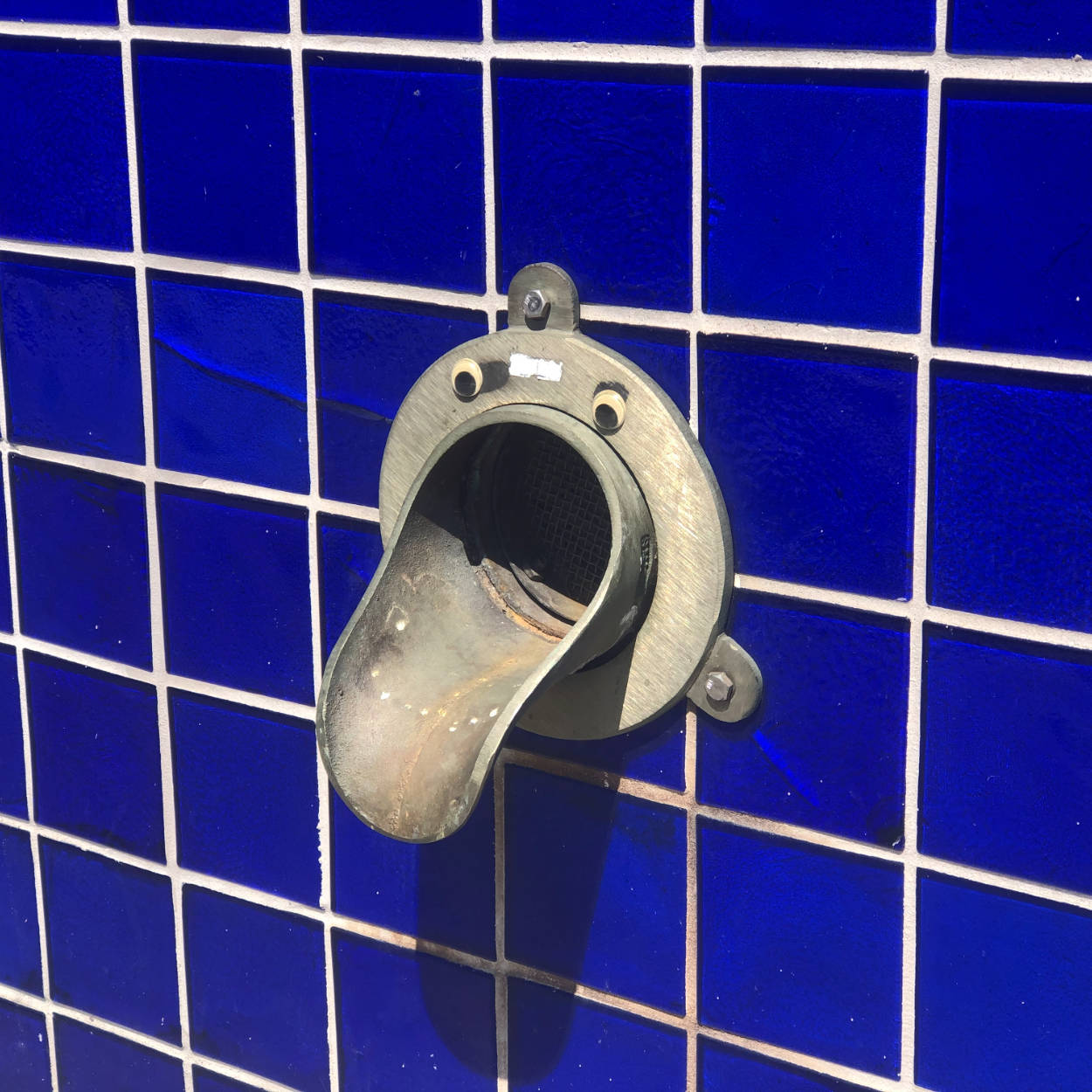
Published

Published

My first swim in the Pacific in probably 10–15 years, photo by Sam.
On the Fourth of July, we walked 10 miles from the Sutro Heights Stairs on Balboa Street through Land’s End, past the enormous houses near China Beach, paused at Baker Beach, dipped down to Marshall’s Beach, walked under the Golden Gate, along Crissy Field and through the park at Fort Mason, then took a rest at the Maritime Museum ampitheater before heading back.
I thought I did so well with sunscreen but oh my, the backs of my knees…
Published

Published
HB gave herself a scrapheap challenge and made a Rietveld crate chair. I’m green with envy, it looks so great. She said it’s super comfy, which makes sense given the Adirondack-y angles and nice big armrests wide enough to rest a drink. Photos below are from the lady herself.
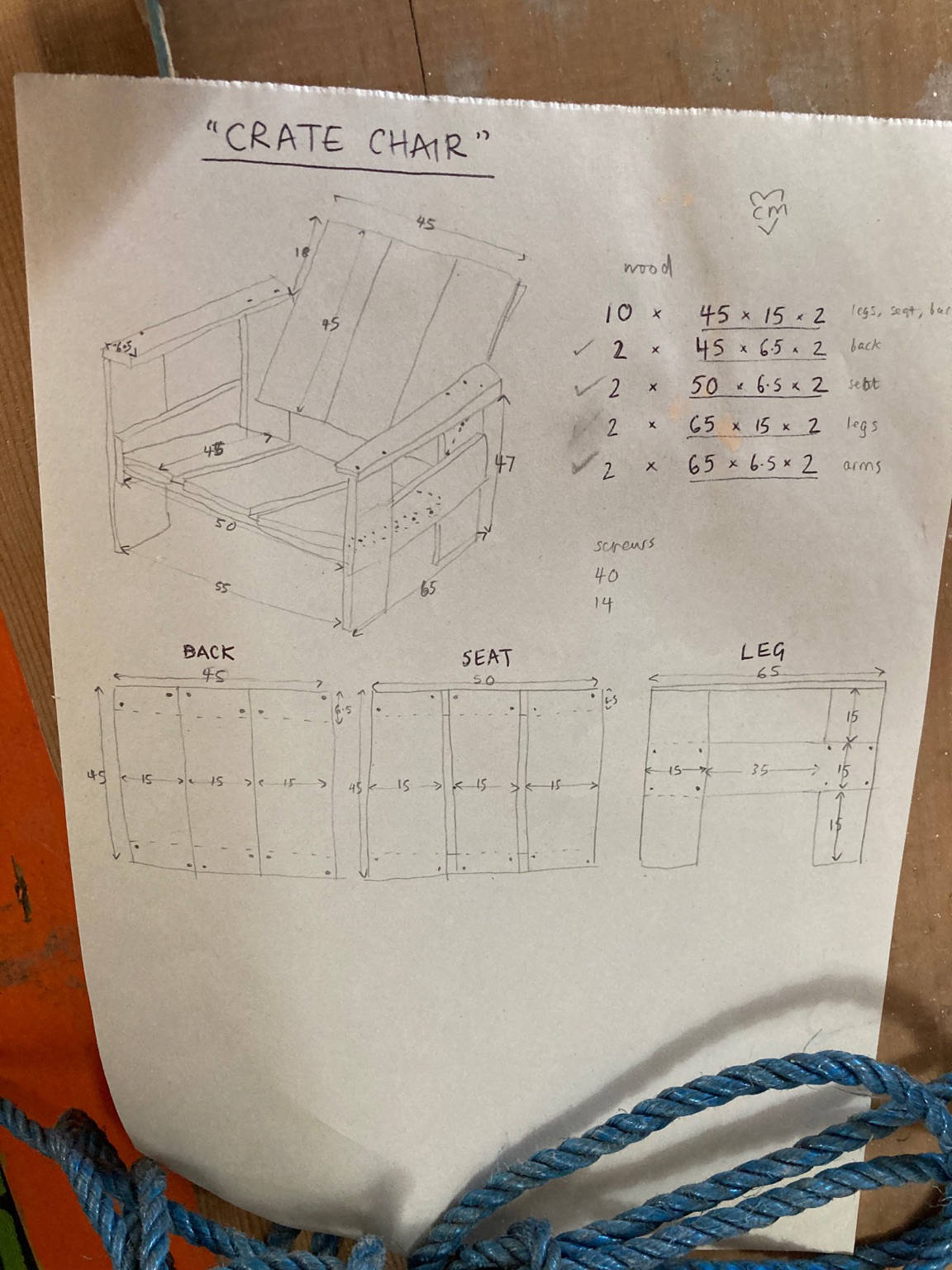
Hannah’s plans

Hannah relaxing in the finished product with a friend in the bg
Definitely would like to make this, we need some furniture. Note to self: minute differences in the angles, measurements, screw placement, materials, etc. make a big difference in the final result. Tread with care and joy.
In relation to the crate chair, see also Rietveld’s original plans, Self-assembly’s instructions, and Susan Young’s Instructables post.
For other beginner-friendly DIY furniture that is geared towards simplicity (fewer cuts, mostly right angles, straightforward lumber sizes, not much fuss in finishing, etc.), check out: RietveldBuilder, this Rietveld couch plan on Etsy, Van Bo Le-Mentzel’s Berliner Hocker, Ian Anderson’s Two-by-two chair on Self-assembly, the Wave Hill Garden Chair (inspired by Rietveld’s Red Blue chair), Rietveld’s Beugel chair (I can imagine tweaking this design slightly to be more easily made with few tools), Jesse Kamm and her husband’s Donald Judd-inspired furniture, Judd’s original wood furniture that one could attempt…
I’m sure there’s a lot more along these lines out there by more female and less Euro-centric designers, would love to see other inspo and plans.
If you’re not salvaging, then you have to select materials at some point. Popular Woodworking has some good writing on this topic, particularly their Choose the Right Plywood, How to Prepare Construction Lumber for Furniture, and What’s the Difference Between Screws? articles. Some DIY furniture plans like Enzo Mari’s Autoprogetazzione call for nails, but most of the time you’re better off with screws and glue for longevity.
The bare minimum of tools I like to have around for a DIY furniture project along these lines includes: a sliding t-bevel + protractor or a combination square; a sharp hand saw (read about Japanese pull saws vs Western push saws); multiple grades of sandpaper; a drill with a bit for pilot holes; a screw driver that matches up with your screw heads; a long metal ruler; a pencil; and a good vacuum. Additional items that are great to have include: a chop saw or table saw; a countersink bit attachment; and clamps.
Measurements are such a critical part of furniture making. If interested in figuring out how to choose good measuring tools, see Popular Woodworking’s “Precision Instruments for Woodworkers” parts 1, 2, 3, and 4. You probably don’t need crazy high-quality tools for the sorts of DIY furniture I’m talking about here, but if you’re buying a new tool, you might as well buy the best you can afford.
Edited 26 June 2020 at 11:30am to add notes about materials and tools and to add Self-Assembly links since it’s back online.
Published

Photo taken by my mom, I believe. Look at her, crabbing in white trousers! She would have been 100 today. <3
Published
We took a walk in Middleton Woods this weekend and it was just covered in ramps and bluebells. I collected enough wild garlic for 5–6 meals, and then towards the end of the walk we came across a bunch of enormous mushrooms on a log with caps almost as big as my face. It’s interesting, we came across very few mushrooms elsewhere. Perhaps it’s been too dry?
Though I was prettttyyyyy confident they were Dryad’s Saddle mushrooms, I wasn’t 100% sure… I had a look online to see if it can be mistaken for anything else and it seemed not. I also ran it past some friends that tend to know about these sorts of things and got a thumbs up.
Here’s the forest and the haul. Lemon for scale!
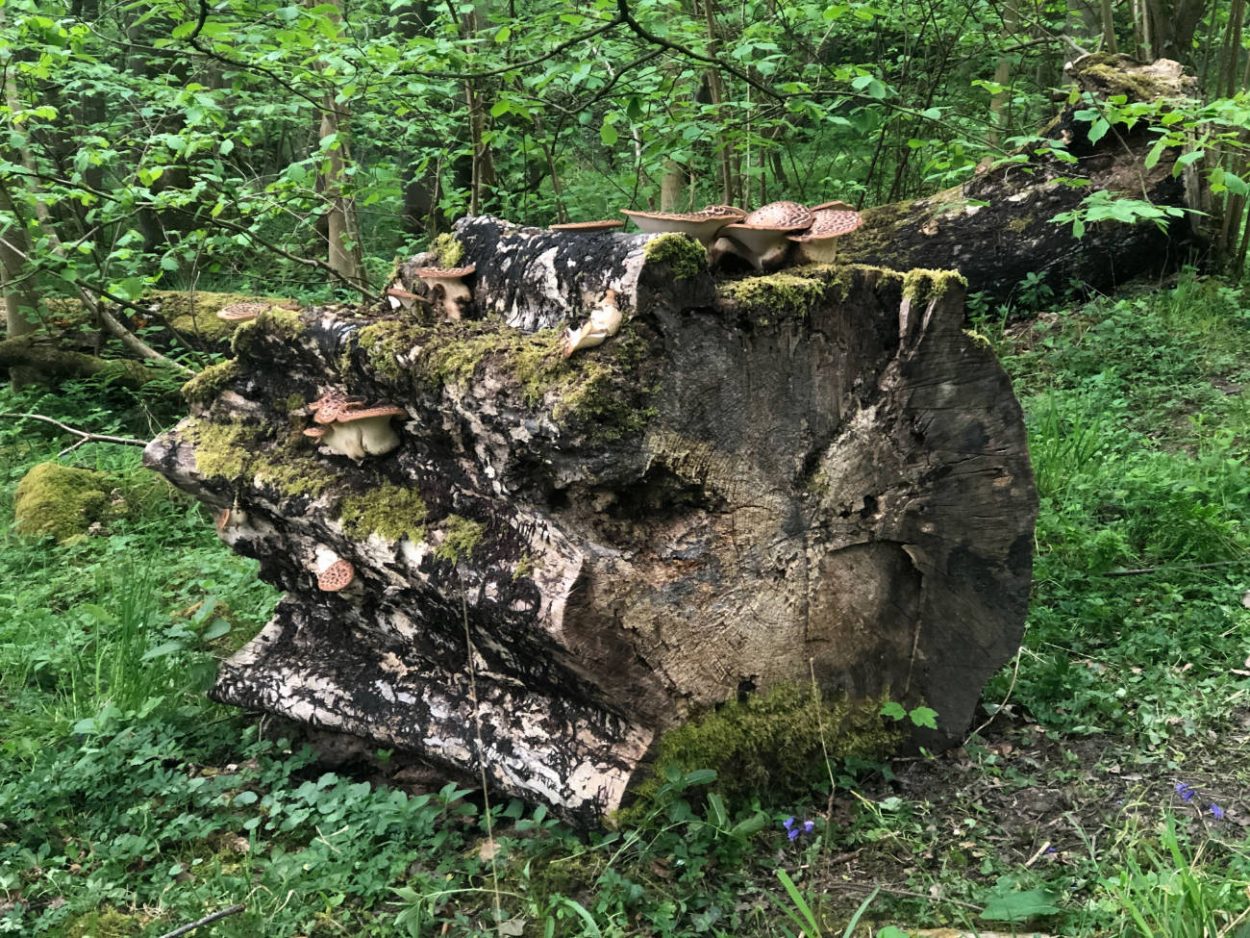
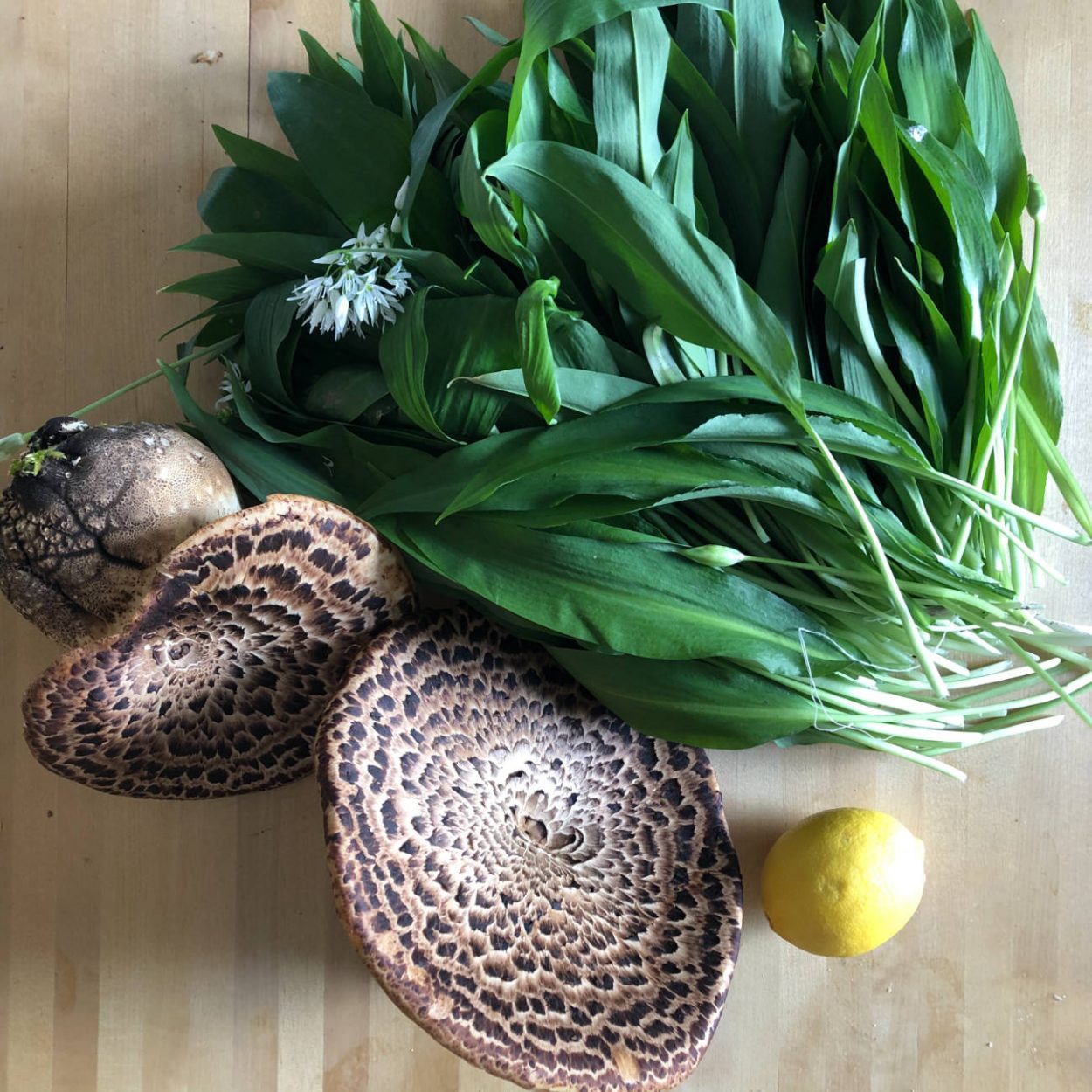
The ramps are super easy to cook, pretty much like spinach. Just sauté them in a little oil or butter with a pinch of salt and maybe some lemon juice.
Dryad’s Saddle mushrooms are also known as Pheasant Back mushrooms due to the pattern on the cap that looks like a pheasant’s feathers. They can be tough when they’re older so should only be eaten when young. When you give the stem a gentle squeeze there should be a bit of give, very similar to a store-bought mushroom. If they’re any firmer than that, they’re probably be too tough to be pleasant or worth it. Apparently the older specimens can be good to make broth, but I haven’t tried this. It can be hard to tell young from old since big does not necessarily mean old, this article on foragerchef.com has some tips on spotting young Dryad’s Saddles.
The Dryad’s Saddle takes a bit of prep, but not much honestly. I laid the mushroom cap-down on a cutting board and used the edge of a spoon to scrape off the pores on the underside of the mushroom. Very satisfying, they come away really easily. Next, I flipped it over and peeled off the top layer, the “feathers” of the Pheasant’s Back. This can apparently get a bit tough when cooked. At that point I was just left with a very large, creamy interior.
You can cook it a lot of different ways, check out this article and the previously linked Forager Chef article for tons of suggestions. They have a mild scent of cucumber or watermelon, so Kieran’s suggestion of cooking them in a soup with coconut milk and turmeric sounds really great.
I ended up slicing them thin and evenly, then baking them with olive oil and a little salt. This turned them in to mushroom chips, they were almost bacon-y and very crisp! Dryad’s Saddle supposedly can get a little dry and tough when cooked this way, but I didn’t have that problem at all. Probably just has to do with the age of the mushroom. I don’t recommend attempting to stir fry Dryad’s Saddle unless you have a very decently sized wok. Mine released a lot of liquid when I attempted which made for some serious splatter, hence transferring it to the oven.
Look forward to getting back in the woods in a few days.
Published

We moved in to a new place last Wednesday, the third move in five weeks. Now we’re in Ilkley. Hopefully that was the last move before we’re in the US… time will tell.
Published
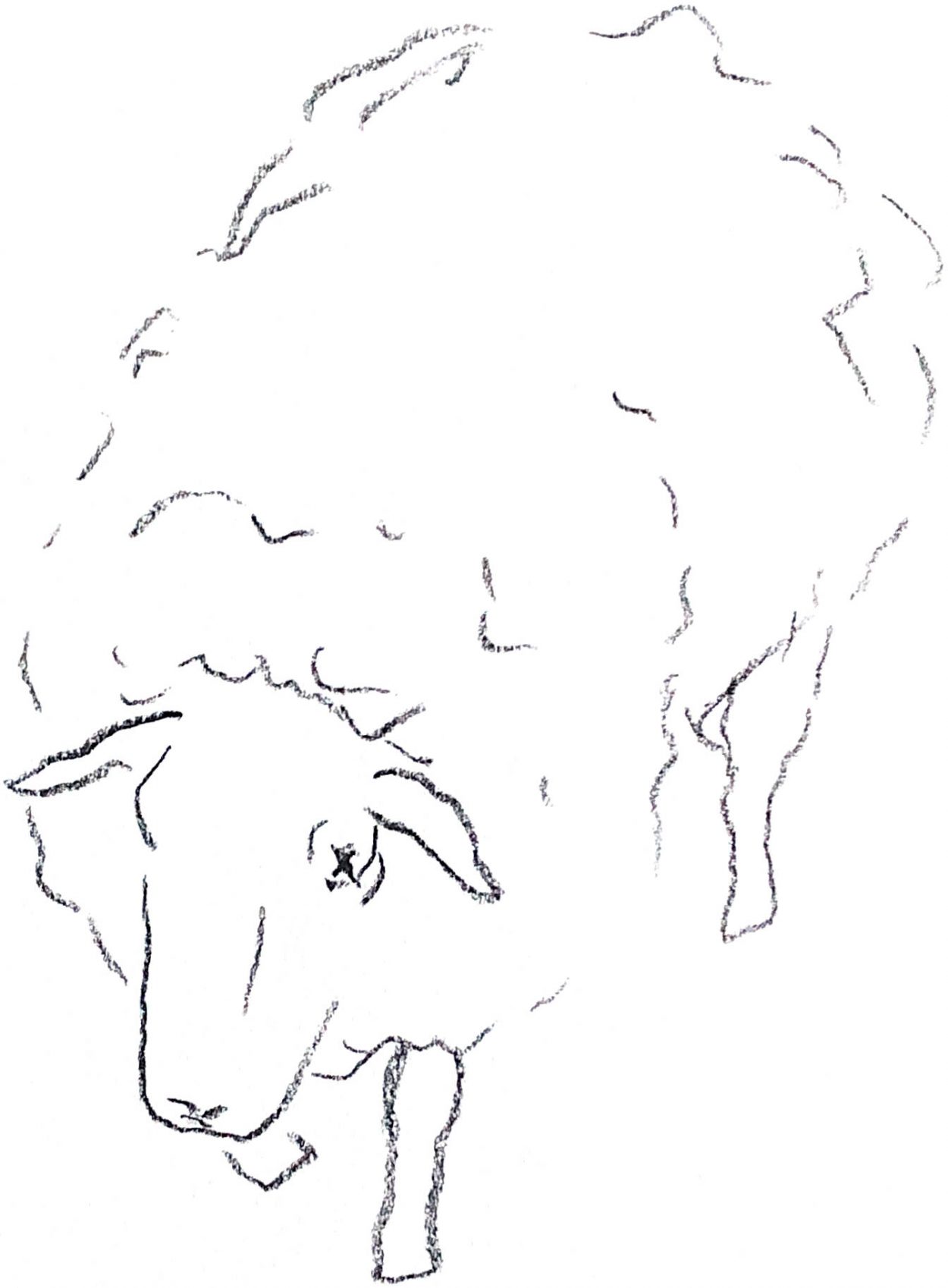
Couldn’t see the sheep’s eyes and couldn’t remember if the pupils are horizontal or vertical, so it got both. ✨